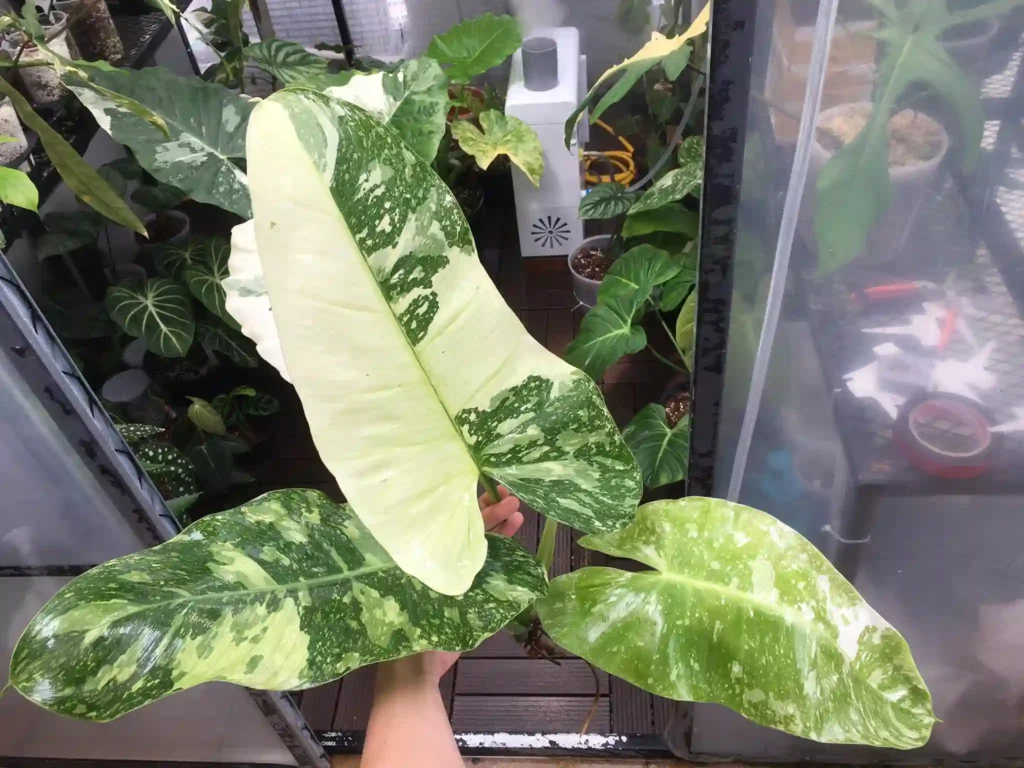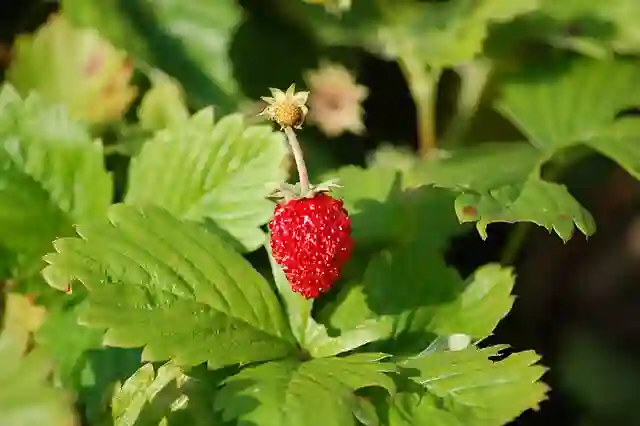
FAQs About the Flax Lily Plant
Flax Lily plant, scientifically known as Dianella, is a versatile and hardy plant that’s become a favorite in my garden. Over the years, I’ve had the pleasure of growing several varieties, each bringing its unique charm to my landscape. Whether it’s the vibrant foliage, the delicate flowers, or the minimal care it requires, there’s a lot to love about the Flax Lily. Here, I’ll answer some of the most frequently asked questions about this wonderful plant.
40 Species in Genus Dianella
What is the Flax Lily Plant?
The Flax Lily Plant is a perennial that’s native to Australia and parts of Southeast Asia. It’s a member of the Asphodelaceae family and is valued for its strappy, grass-like leaves and small, star-shaped flowers. The plant is also known for producing blue or purple berries, which add an extra layer of interest.
There are several varieties of Flax Lily, with the most popular being the Variegated Flax Lily Plant. This variety features striking green leaves with white or cream stripes, making it a standout in any garden. Other popular types include the Dianella Flax Lily Plant and the Blue Flax Lily Plant, both of which are prized for their resilience and ornamental appeal.
How to Plant Flax Lily?
Planting a Flax Lily is straightforward and doesn’t require a green thumb. Here’s a simple guide based on my experience:
- Choose the Right Location: Flax Lily thrives in both full sun and partial shade. However, I’ve noticed that the variegated varieties tend to do better in areas with some shade, as too much direct sunlight can cause the leaves to scorch.
- Prepare the Soil: The plant isn’t too fussy about soil, but it does best in well-drained, slightly acidic soil. I always make sure to mix in some organic compost to improve soil structure and provide nutrients.
- Planting: Dig a hole twice the width of the root ball and just as deep. Place the plant in the hole, backfill with soil, and water thoroughly.
- Spacing: Space plants about 18 inches apart to allow for growth, especially if you’re planting them as a ground cover.
Flax Lily Plant Care
Flax Lily is incredibly low-maintenance, which is one reason I love having it in my garden. Here are some essential care tips:
- Watering: While the Flax Lily Plant is drought-tolerant once established, it’s important to water it regularly during the first few weeks after planting. I usually water mine once a week, but during hot, dry periods, I increase the frequency.
- Fertilizing: I feed my Flax Lily with a balanced slow-release fertilizer in spring. This helps promote healthy growth and vibrant foliage.
- Pruning: To keep the plant looking neat, I trim off any dead or damaged leaves. The plant doesn’t require much pruning, but cutting back old foliage in early spring encourages new growth.
- Pest and Disease Control: Flax Lily is resistant to most pests and diseases. However, I occasionally check for signs of snails and slugs, especially during wet weather.
How to Propagate Flax Lily?
Propagation of the Flax Lily Plant is easy and can be done by division. Here’s how I do it:
- Timing: The best time to divide Flax Lily is in early spring or fall when the plant is not actively growing.
- Digging Up: Gently dig up the plant, being careful not to damage the roots. I find it easiest to use a garden fork for this.
- Dividing: Once the plant is out of the ground, I divide the clump into smaller sections using a sharp knife or spade. Each section should have several leaves and a good portion of roots.
- Replanting: Replant the divisions immediately in a prepared bed or container, and water them well.
Flax Lily vs Spider Plant
One question I often get is how the Flax Lily compares to the Spider Plant. Both plants have similar arching foliage, but there are a few key differences.
- Appearance: The Flax Lily has thicker, more substantial leaves, while the Spider Plant’s leaves are finer and more delicate.
- Flowers and Berries: Flax Lily produces small, blue or purple flowers followed by berries, adding ornamental value. The Spider Plant, on the other hand, produces tiny white flowers that are less showy.
- Growth Habits: Spider Plants are known for their fast growth and prolific offsets, making them great for hanging baskets. Flax Lily, while also capable of spreading, is more controlled in its growth, making it ideal as a ground cover or border plant.
What to Plant with Flax Lily?
Flax Lily is a great companion plant for a variety of other species. I like to pair it with:
- Hostas: The broad leaves of Hostas contrast beautifully with the strappy leaves of Flax Lily.
- Ferns: The soft, feathery fronds of ferns complement the more rigid structure of Flax Lily.
- Grasses: Ornamental grasses, like Blue Fescue, add texture and movement to the garden when planted alongside Flax Lily.
Conclusion
The Flax Lily Plant is a versatile, hardy, and attractive addition to any garden. Whether you’re looking to add a pop of color with the Variegated Flax Lily Plant or want a low-maintenance ground cover, Flax Lily is an excellent choice. Its minimal care requirements, coupled with its ability to thrive in a range of conditions, make it a plant that I highly recommend to both novice and experienced gardeners alike.
If i die, water my plants!



